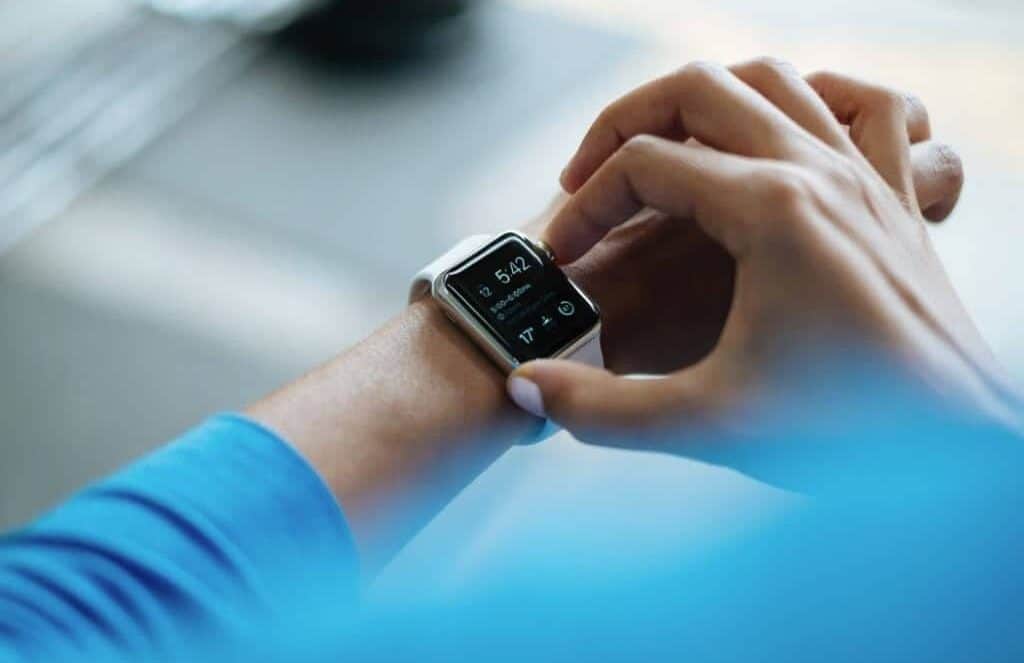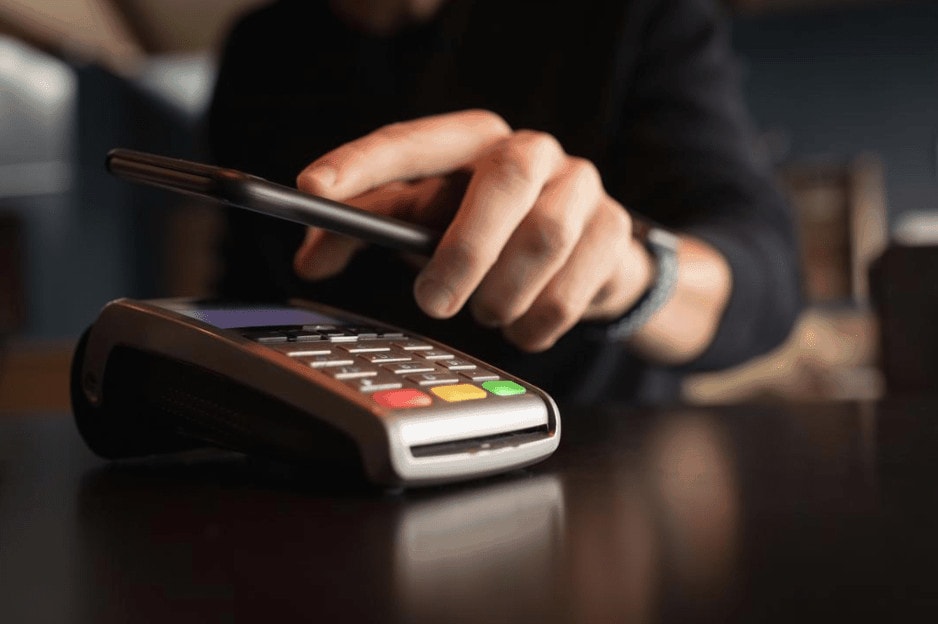There’s no doubt we’re living in a mobile digital age. Studies have shown that all digital growth is now coming from mobile usage and that 65 percent of all media is consumed via the mobile web. For those reasons, companies across the world are shifting their marketing and branding strategies to focus on mobile – targeting consumers where they actually spend time.
Lagging behind in mobile app design
A few business sectors have been somewhat reluctant to adopt mobile as a main marketing strategy. Luxury and household brands, for example, have tenaciously clung to old ways of doing business. When it comes to marketing via mobile means, they’ve largely overlooked those consumers who embrace smartphones and tablets, instead relying on outdated desktop technology. In fact, as recently as 2014, 94 percent of luxury watch brands included in this L2 digital marketing study relied on desktop technology, and less than half supported touchscreen technology. Furthermore, only one-sixth of those brands offered consumers a mobile-friendly version of the website.
Luxury brands are clearly neglecting mobile marketing at their own detriment while the rest of the world goes increasingly mobile. According to Smart Insights digital marketing reports, conversion rates on mobile devices lag behind traditional desktop websites. However, those low conversion rates appear to be due more to a lack of functionality and care given to mobile presentations, especially considering that tablet conversion is roughly double that of smartphone conversion.
Furthermore, data that reveals how 90 percent of time spent on mobile devices is spent on apps means creating an interactive, engaging mobile application is no longer optional. Indeed, mobile usage surpassed desktop access for the first time in November 2016, and there is no turning back. Brands need to go where their customers are online.
Brands that have nailed mobile app design
Some luxury brands have jumped on the Android app design and iOS app design bandwagon and are reaping the rewards of this dynamic marketing channel.
Michael Kors – InstaKors offers to merchandise far beyond a storefront experience. Michael Kors offers a truly interactive experience via mobile, responsive ads, social networks, content shoppable via mobile app development, and even in-store technology. On Instagram, double-clicking an image takes consumers to an email with direct links to the product’s purchase page.
L’Oreal Paris – Makeup Genius is a virtual makeup tester application that lets consumers try out different products and makeup look on themselves. Users can create their own looks or open up custom portfolios and try them on in a single click. L’Oreal’s scan-to-shop app was created first in iPhone app development and has since been extended to Android app development. It allows consumers to scan products advertised in magazines or in-store to buy on mobile.
Lexus – As Lexus worked with top app developers to create TouchSense technology, they saw steady improvement in responses to the mobile marketing of their products. Significant increases in click-through completed views, replay rates, and ad recall were noted for those advertisements that were touch-enabled. This allows them to understand what works and engages consumers, and where to further target their mobile advertising. TouchSense is also a great way to stand out in the sea of marketing.
Optimizing the reach and power of mobile app marketing
Mobile app design is critical for achieving maximum reach for any luxury or household brand, as is finding a good mobile app development company to partner with. They need to understand your product, your goals, your target market and your marketing vision to serve up the type of mobile design that drives success and brand reach. Furthermore, they need to grasp the reasons why mobile app marketing is so powerful.
- Google – Google has made mobile search results a priority with its Mobilegeddon update, which actively penalizes sites that do not embrace mobile marketing. Your site needs to be responsive and viewable on mobile devices to avoid getting a search ranking slap by the SEO giant.
- Broader target audience – Some people use mobile devices exclusively, so companies that don’t market via mobile are neglecting those consumers altogether.
- Social media integration – Facebook, Instagram, and Twitter now offer integration and advertising opportunities for mobile marketers. These consumers are already mobile consumers, so reaching them easily requires just a few minutes for setup.
- Virtual reality – Plenty of exciting possibilities are in the near future for mobile marketing. Virtual reality offers more effective and engaging ways to profit easily via mobile app design.
- Rinse and repeat – Like always, it often takes an audience seeing information about brands and products before they take action. Social media, mobile ads, desktops, and billboards all play into those “hits,” with consumers paying more attention as long as they are offered value for the intrusion. For instance, geotargeting allows brands to offer promotions when a consumer is near a brick-and-mortar outlet. Also, when you discover a successful strategy, you can easily repeat it for greater campaign success.
Getting closer to consumers is not difficult, but it is a challenge without a solid mobile strategy. Start that strategy by interviewing mobile app development companies to find the one that works best for your brand, and be sure to create a mobile app design that engages a wide audience. Mobile marketing is personal, and it allows brands to get closer to consumers than ever. Take full advantage of that power and reach for maximum success by Talking To Us today!
Share this
Subscribe To Our Blog
You May Also Like
These Related Stories

5 Ways Mobile Technology can Help in a Humanitarian Crisis

5 Most Exciting Wearable Tech Devices and Apps of 2019





